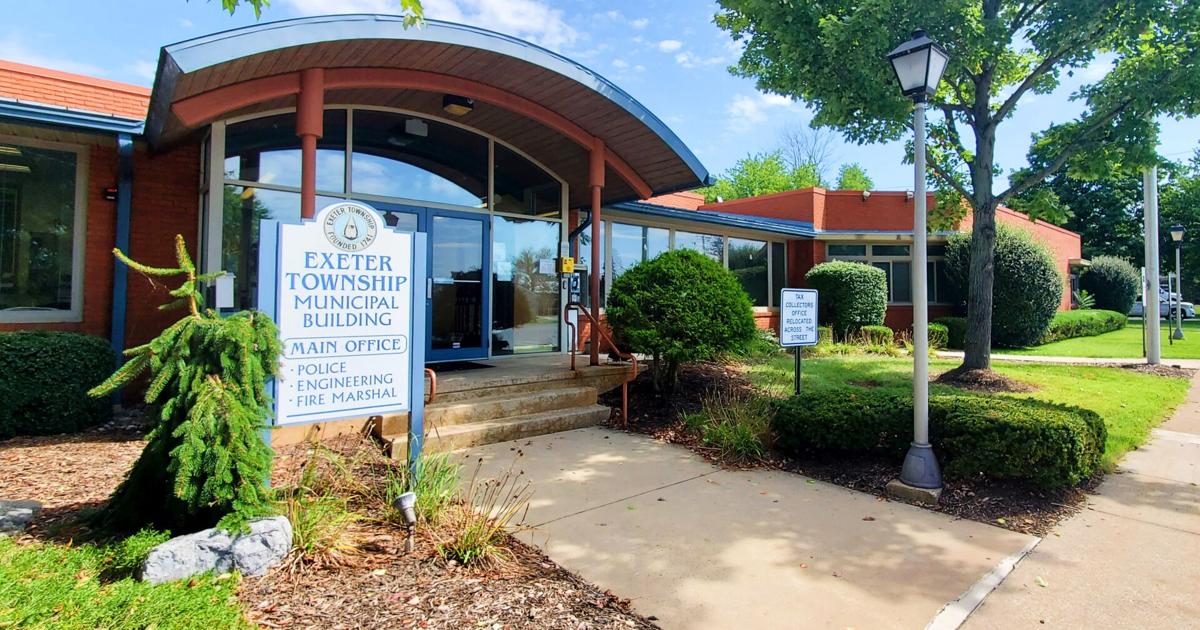EXETER TOWNSHIP, Pa. – At Monday night’s meeting of the Exeter Township Board of Supervisors meeting, Township Manager William Heim presented a five-year financial forecast for 2026 through 2030.
According to the data presented by Heim, tax increases are nearly inevitable.
“I am here to tell you, it is a pretty bumpy road,” he said of the look toward the future.
The key observations, Heim noted, are that operating deficits are expected to widen from $1.4 million in 2025 to nearly $3.9 million in 2030. However, operating revenues are expected to grow only an average of 1% during those years.
Operating expenditure is expected to grow an average of 3% to 4%, mainly driven by wage and health care costs. The wage growth, Heim said, is based on existing labor contracts. He also pointed out that the forecast does not include funding for capital projects, equipment replacements or equipment upgrades.
The staff anticipates 66 full-time employees. Of these, 38 are sworn police officers and 17 are full-time workers in the public works department. The remaining 11 spots are spread across administrative, finance and engineering departments.
According to Heim, the real estate assessment base has remained essentially flat with new home gains offset by commercial assessment appeal adjustments. He said that less than 100 businesses pay more than $1,000 in business privilege taxes and that currently about a dozen businesses generate over half of all business privilege taxes.
The earned income tax is currently the largest tax generator according to Heim, bringing in about $5 million in 2025. EIT growth drivers, he said, could be an increase in wage earning residents and a rise in average incomes.
The largest anticipated department cost growth over the next five years, remarked Heim, is the police department, at an average growth rate of 5%, followed by parks and recreation at 4.3% and engineering at 3.6%.
Heim then showed projected tax increases to match GFOA (Government Finance Officers Association) Fund Balance minimums. In 2026, 0.371 mills would need to be added, rising to 3.052 mills in 2030. The cumulative sum of the tax increases would be 10.202 mills by 2030.
Heim left the supervisors with several solutions to consider. In the long term, the township could increase housing, increase job opportunities for township residents, and develop available land for real estate and EIT increases.
Short-term solutions could include a general fund tax increase, a fire tax to fund the emergency services center, an EMS tax to fund ambulance services, and a debt service tax to fund capital improvement projects like a new municipal services center.

